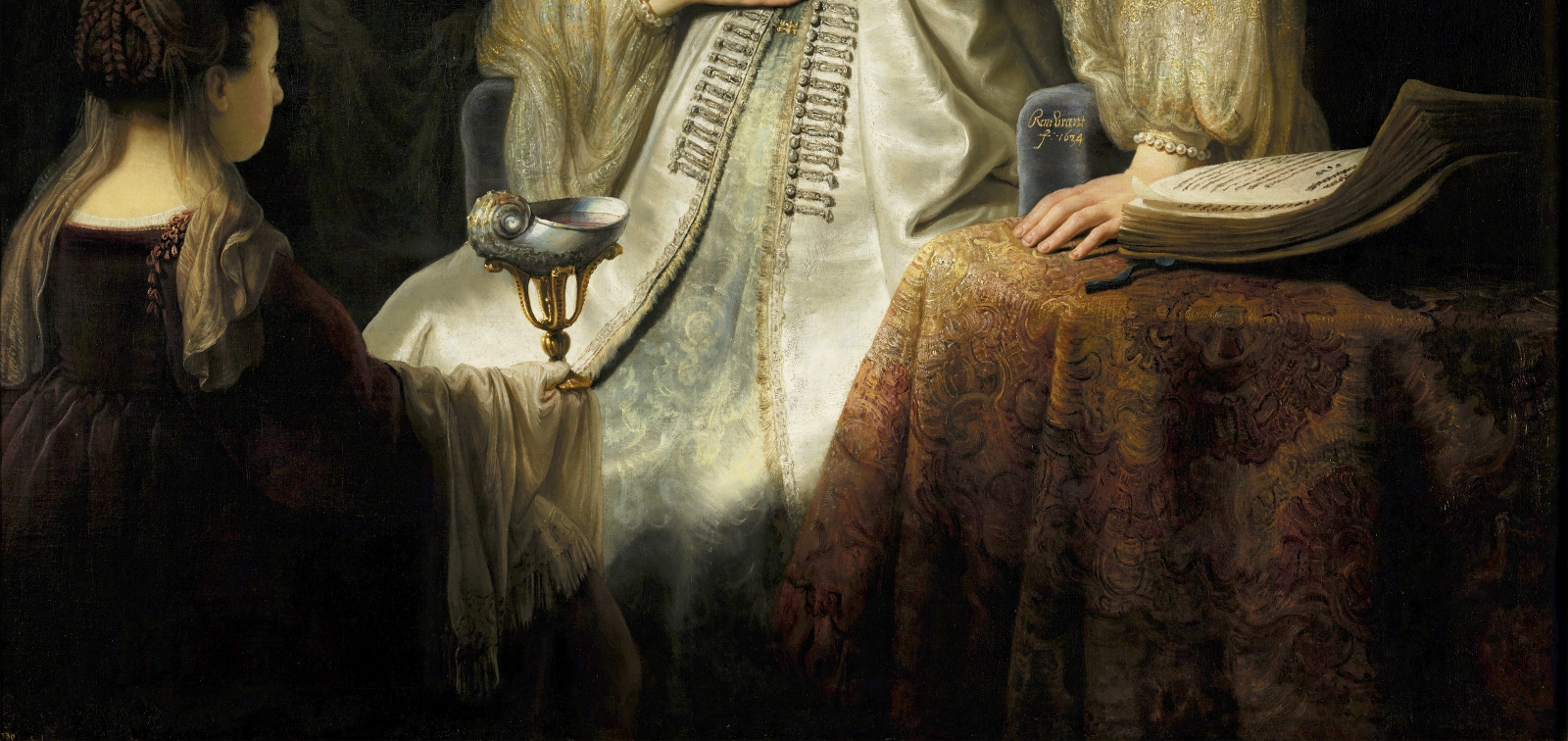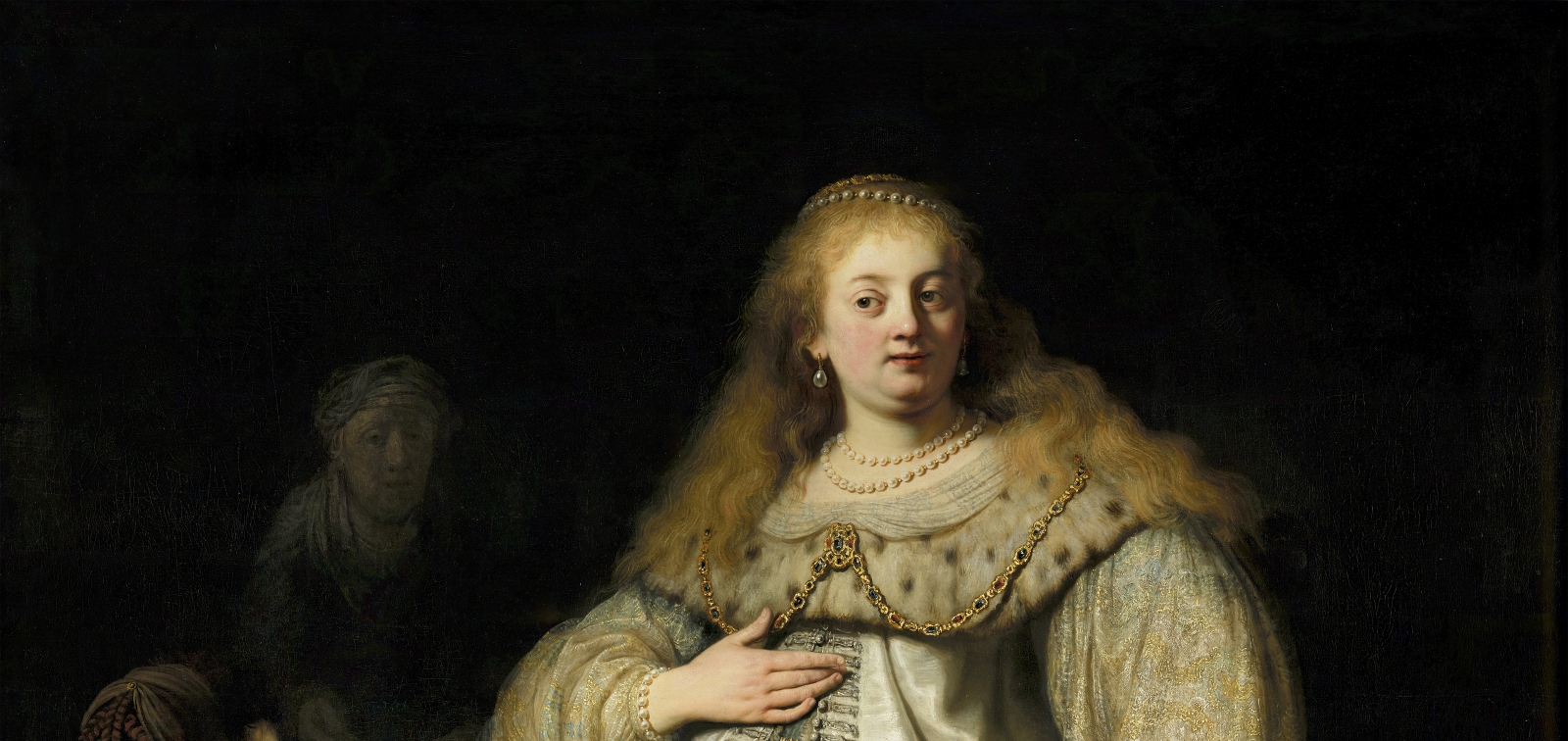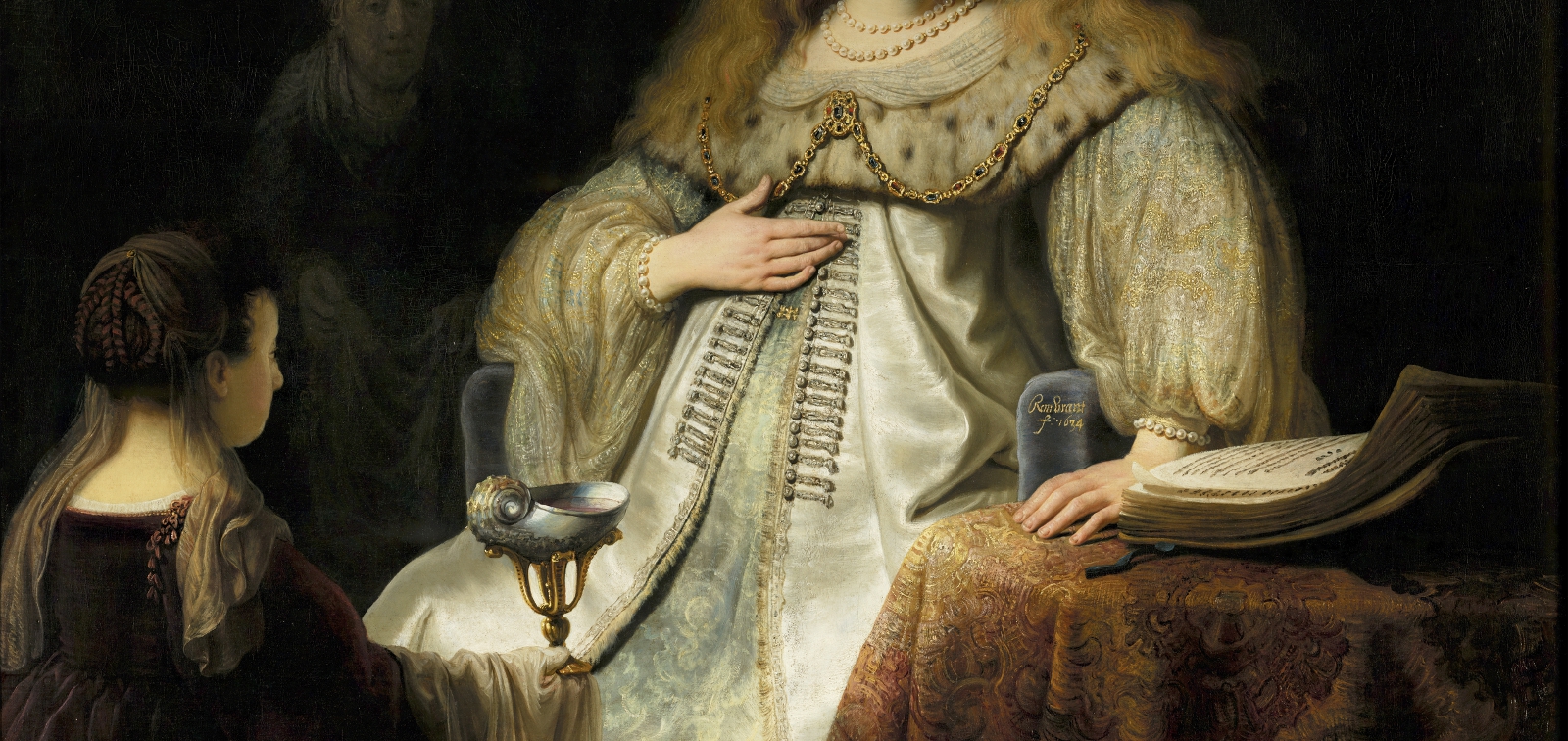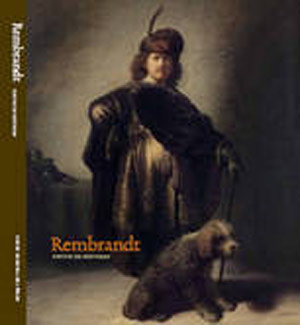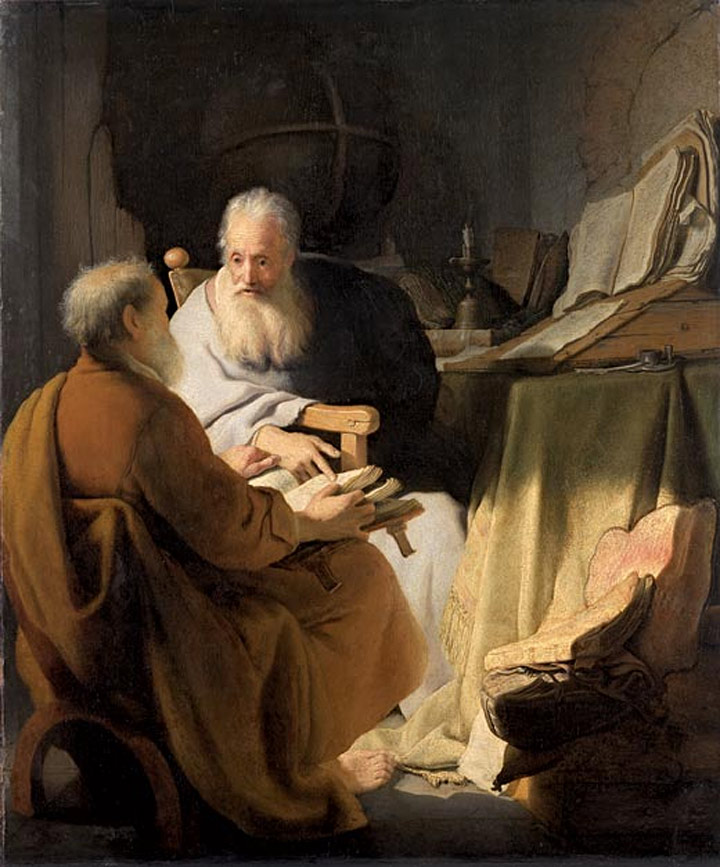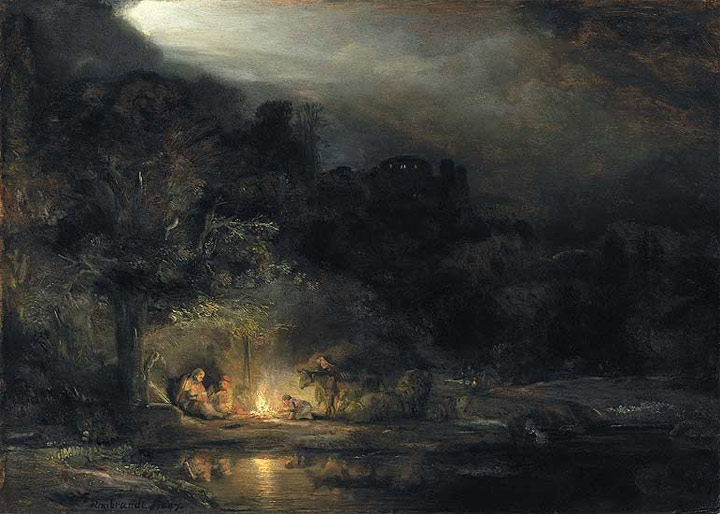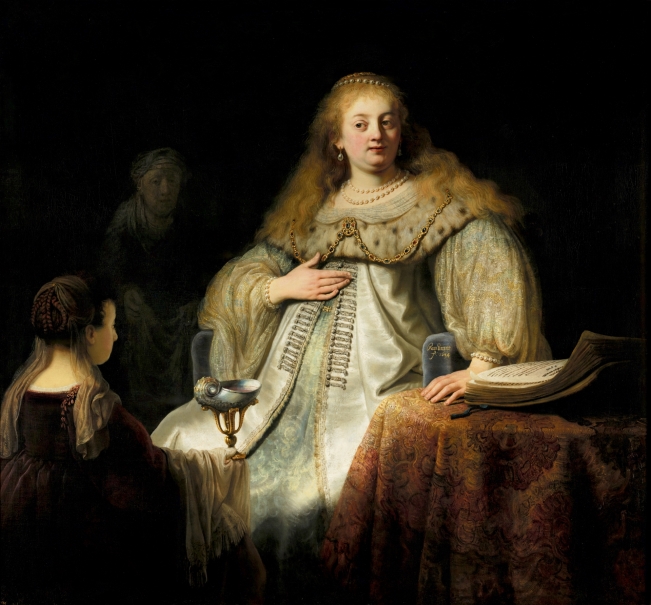Rembrandt. History Painter
Madrid 10/15/2008 - 1/6/2009
Rembrandt (1606-1669) is one of the most personal painters in the entire history of European art. From his beginnings in Leiden to his death in Amsterdam, his painting is a constant quest for representing human emotions as incisively and movingly as possible. This exhibition focuses on his biblical and historical paintings. On the scale of values of Rembrandt and his contemporaries, these were the most important themes a painter could address. They were also his best vehicle for showing how people reacted to dramatic situations and, accordingly, for exploring the human condition.
The exhibition features works from all the periods in Rembrandt’s career. In his early paintings, the gestures of the human figures are extroverted and their gaze is often mocking and jocular. In his mature works, the emotions are more suppressed and the emphasis is on their mental energy.
Rembrandt was familiar with the history of European painting through his huge print collection and the Amsterdam art market. Along with works by Rembrandt, the exhibition includes a few paintings by other artists, all from the Museo del Prado collection. The purpose of these works is to help viewers understand the Dutch painter. Some represent the aesthetic model that guided the painter or to which he reacted. Others are works by contemporaries whose difference from Rembrandt helps comprehend his particular aesthetic. Rembrandt’s art is firmly rooted in the European pictorial tradition. However, his attitude towards this tradition is critical: very few artists have been so determined to change it or have done so in such a radical manner.
- Curator:
- Alejandro Vergara. Chief Curator of Flemish and Northern Painting at the Museo del Prado

